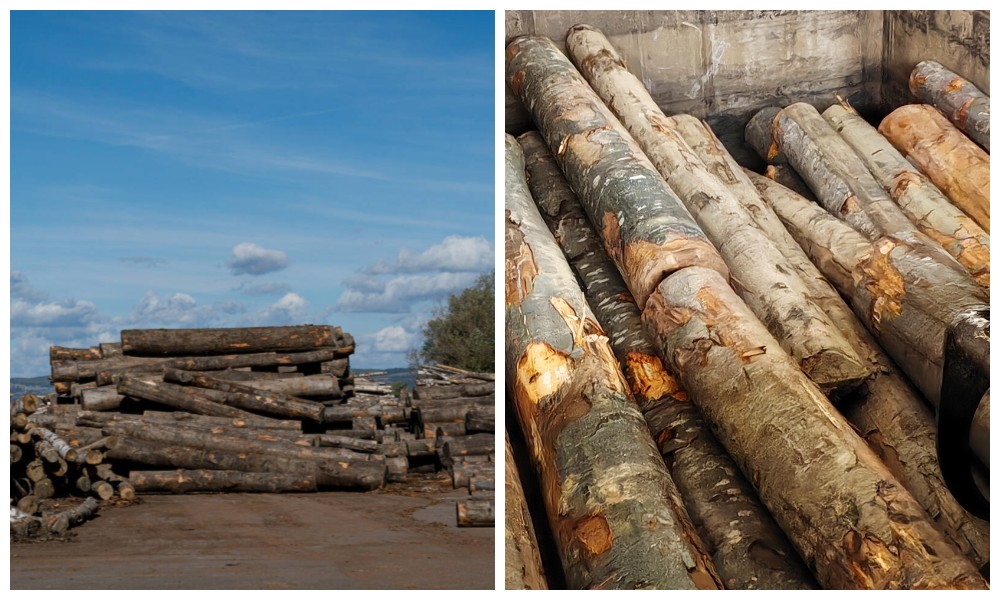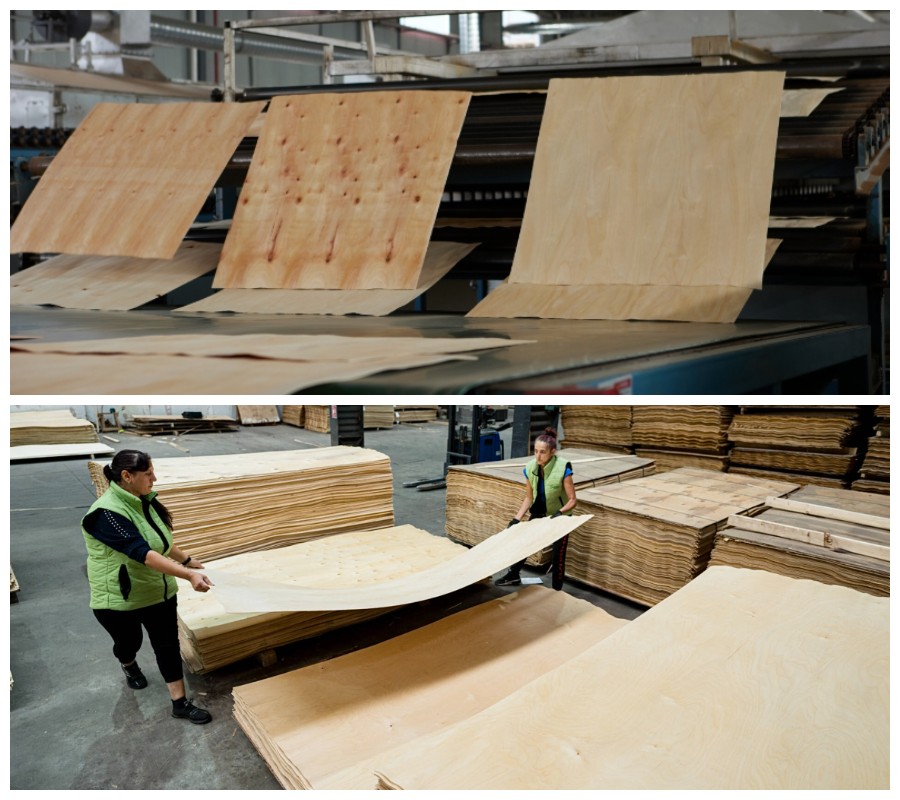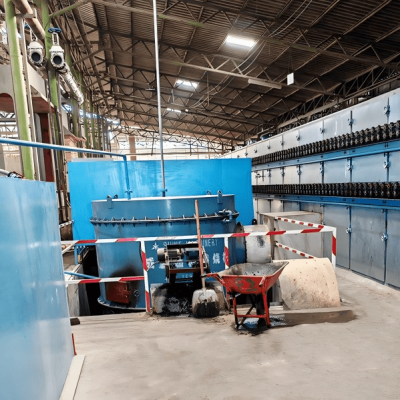Challenges in Drying European Hardwood Veneers: Key Considerations for Producers
European hardwoods such as beech, oak, and birch are prized for their density, grain, and versatility in furniture, flooring, and decorative applications. However, drying their veneers—thin slices of wood used in plywood and other composite products—poses significant challenges for manufacturers, primarily due to the material’s inherent properties and pre-drying processing steps.
High Moisture Content from Pre-Drying Steaming
A critical step in preparing hardwood logs for veneer peeling is steaming, which softens the wood and eases slicing. This process, however, drastically increases the moisture content (MC) of the resulting veneers. Unlike softer woods or non-steamed hardwoods, steamed European hardwood veneers enter the veneer dryer with MC levels far higher than unsteamed counterparts, demanding precise temperature control and careful regulation of drying speed to avoid defects.
Substantial Thermal Demand
Drying these high-MC hardwood veneers requires intensive energy input. On average, drying 1m3 of hardwood veneer demands approximately 400,000 kcal of thermal energy. This makes boiler selection a pivotal consideration for producers: undersized boilers risk incomplete drying or prolonged cycles, while oversized systems waste energy and increase operational costs.
Critical Requirements for Veneer Dryers
Selecting the right veneer dryer is equally crucial. To handle the challenges of high initial MC and variable veneer thicknesses (common in hardwood production), dryers must offer:
Variable Frequency Control (VFC) : The ability to adjust both temperature and veneer running speed dynamically. Thicker veneers require slower speeds and lower temperatures to prevent surface cracking or internal stress, while thinner sheets need faster processing to avoid over-drying.
Uniform Heat Distribution: Ensuring consistent drying across the veneer sheet, minimizing warping, checking, or discoloration—issues that compromise veneer quality and downstream product performance.
Balancing Quality and Efficiency
For European hardwood veneer producers, the stakes are high: subpar drying leads to waste, rework, and customer dissatisfaction, while efficient, precise drying enhances product value and operational profitability. By prioritizing boilers matched to thermal demands and dryers with VFC capabilities, manufacturers can navigate the complexities of hardwood veneer drying and maintain a competitive edge in global markets.
In summary, while European hardwoods demand specialized drying approaches, understanding the interplay of moisture content, energy needs, and equipment functionality empowers producers to achieve optimal results.






